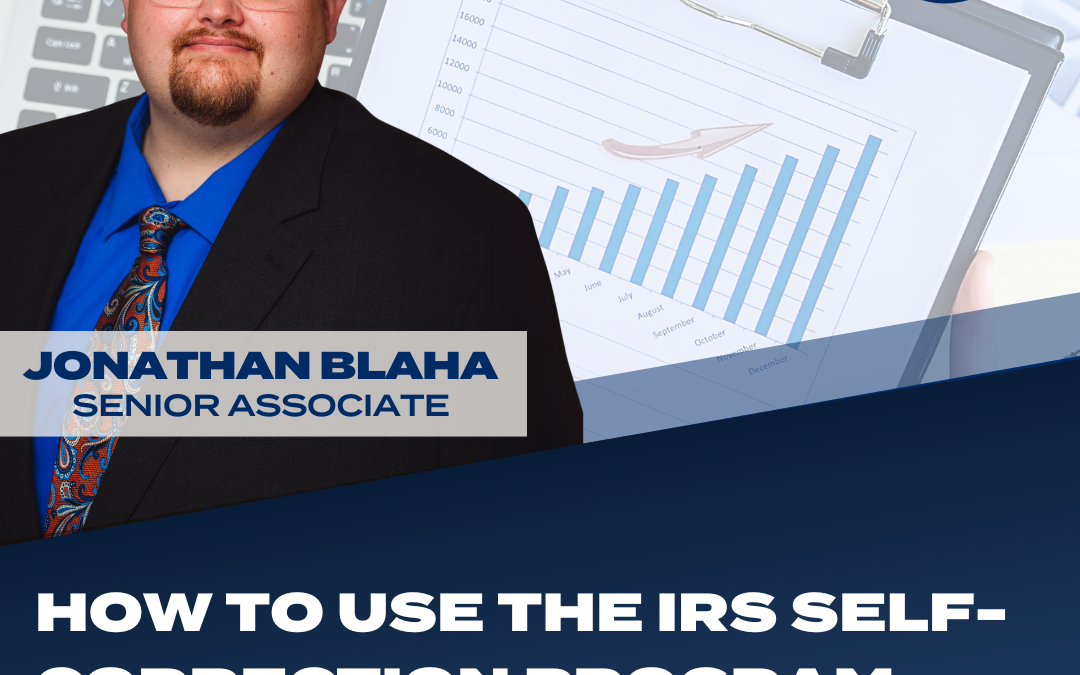In February 2018, Congress passed the Bipartisan Budget Act (the “Act”). A key provision of this new legislation relaxes certain restrictions on hardship distribution withdrawal rules from 401(k) and 403(b) plans.
Under current 401(k) and similar defined contribution plan regulations, plan participants are limited to taking hardship withdrawals from their elective deferral account balance and are prohibited from making elective deferral contributions to the plan for at least six months following the hardship distribution. In addition, a plan participant is normally required to take available loans under the plan (if allowed) prior to taking a hardship withdrawal.
Key Changes Under the Act
Six Month Suspension Period Eliminated
The Act directs the Department of the Treasury to amend current 401(k) and 403(b) regulations to remove the six month suspension period on employee deferrals to a plan after a hardship distribution.
Available Sources of Funds
The Act expands the types of sources of contributions that are eligible for hardship withdrawals to include: qualified nonelective contributions (QNECs), qualified matching contributions (QMACs), safe harbor plan contributions, and earnings on all of these accounts – including earnings on participant elective contributions. (This change only applies to 401(k) plans but there is an expectation that the IRS will also extend it to 403(b) plans.)
Elimination of Loan Requirement
The Act removes the requirement for participants to take any available loans under the plan before taking a hardship distribution. (This change only applies to 401(k) plans but there is an expectation that the IRS will also extend it to 403(b) plans.)
The intended collective impact of these new provisions is to provide help and flexibility to those participants who are facing financial challenges or difficulties and to ease the administrative burden on plan sponsors and record-keepers when hardship withdrawals occur.
The Budget Act changes are effective for plan years beginning after Dec. 31, 2018 (for plan years ending Dec. 31, 2019).
It is not too early for plan sponsors to consider how these changes will impact their plans and the potential updates that will be needed to their hardship withdrawal procedures, plan amendments, Summary Plan Descriptions and/or Adoption Agreements.





